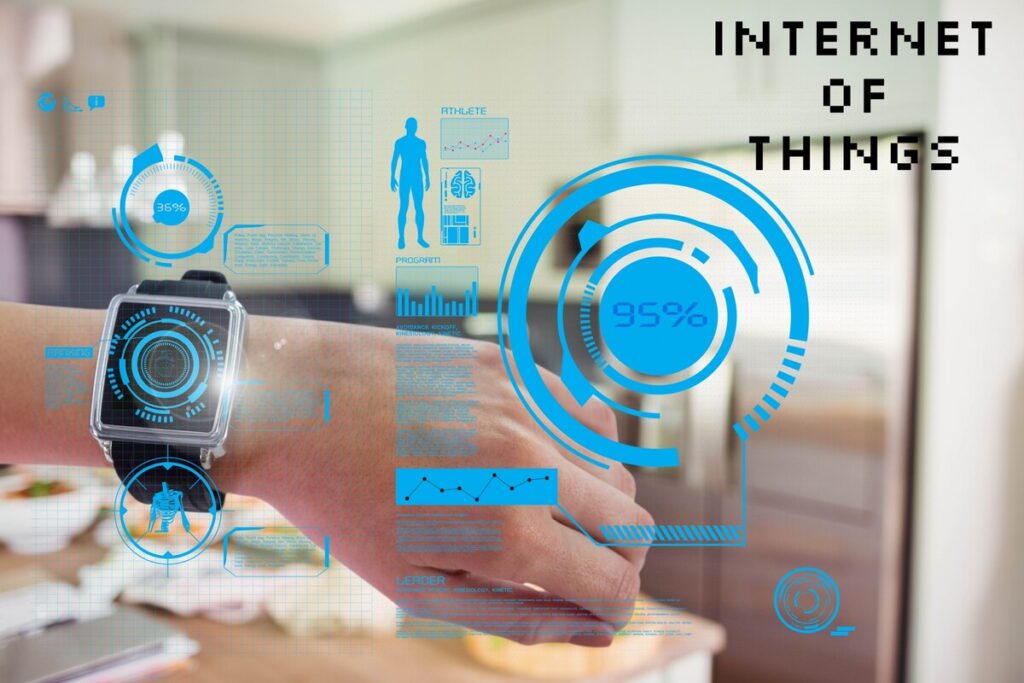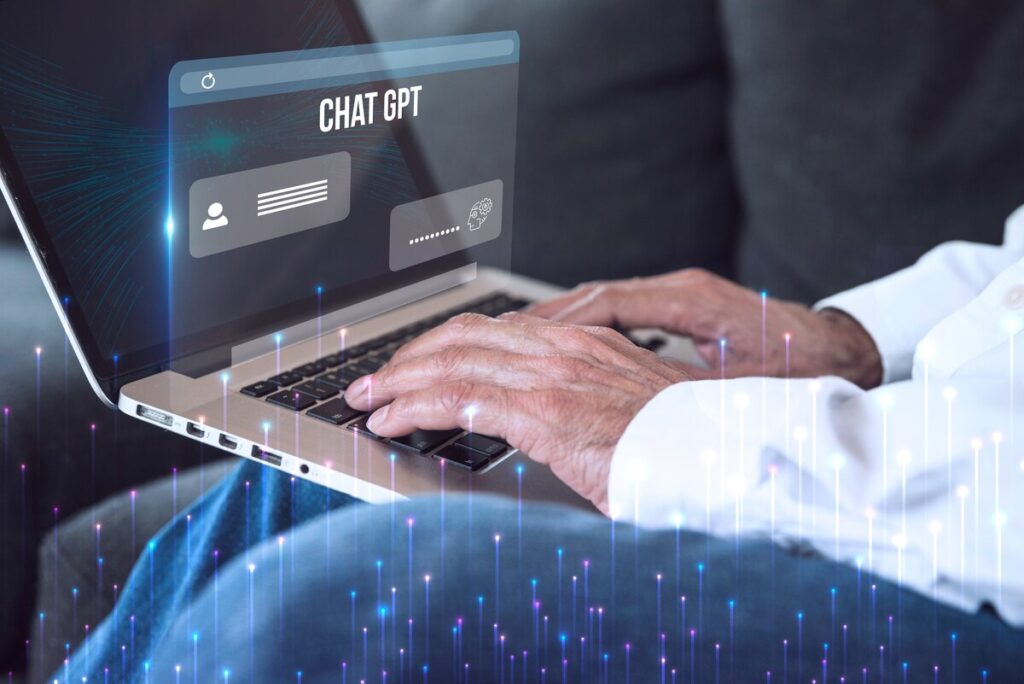We live and work with IoT devices more and more. IoT device security and functionality depend on finding the appropriate monitoring tools. We explain IoT management and the necessity for improved monitoring tools in 2024. Read More about Exploring The Top IoT Device Monitoring Tools In 2024.
Domotz
Domotz is a dynamic cloud-based network and endpoint monitoring tool that manages IoT devices well.Domotz offers a complete monitoring solution for companies and people by focusing on security cameras and network devices.
Key Features:
- Camera Configuration Management: Domotz streamlines camera configuration management for better performance and security.
- Video Stream Access: The platform allows real-time monitoring and analysis of camera feeds.
- Network Connection Monitoring: Domotz also monitors camera network connections to ensure flawless performance.
- Lans and Wireless Network Monitoring: The utility monitors LANs and wireless networks to provide a complete network health report.
- Technician Access Logging: Domotz logs technician camera access to improve accountability and prevent illegal access.
Pros:
- Security Monitoring: Domotz has configuration protection to prevent breaches.
- Endpoint Management: The platform creates a software inventory and streamlines patching.
- IoT Security Camera Management: Domotz can now control and test IoT security cameras more effectively, ensuring they work continuously and safely.
- Consolidated Monitoring: Domotz helps businesses with multiple places keep a close eye on their IT systems from a central control center in the cloud.
- Multi-Tenanted Structure: The platform lets managed service providers monitor their customers’ networks across sub-accounts.
Cons:
- Limited Free Trial: Domotz’s free trial lasts only 14 days, which may take longer for users to decide if they like it.
Datadog Iot Monitoring
Datadog IoT Monitoring, a cloud-based infrastructure monitoring suite, plays a pivotal role in exploring the top IoT device monitoring tools. This comprehensive platform seamlessly incorporates IoT device management operations, offering organizations a unique and efficient solution for managing their IoT infrastructure. Datadog’s distinctive approach to interpreting time-series performance data further solidifies its position as a leader in the realm of IoT device monitoring tools.
Key Features:
- Cloud-Based Architecture: Datadog uses a SaaS platform to save server installations and onboarding expenses.
- Autodiscovery: The technology builds network topology maps dynamically for monitoring.
- Performance Monitoring: Datadog’s IoT Monitoring analyzes operational data given into the platform.
- Connection and Device Security: Datadog secures communications to prevent unwanted access and cyberattacks.
Pros:
- Dashboards that can be changed: Datadog offers simple, changeable dashboards that let users make their tracking screens fit their needs.
- Auto-Discovery and Network Topology Mapping: Auto-discovery streamlines configuration, while dynamic network topology maps show device relationships in real time.
- Reflection of Network Changes: Network changes are reflected near-real-time, allowing quick modifications and settings.
- Scalability: Datadog’s cloud-based structure lets enterprises grow their monitoring operations reliably, with customizable pricing to meet various demands.
Cons:
- Trial Period Length: Users may think the trial period needs to be longer for thorough testing, so people needing more extended evaluation periods should consider this.
- Enterprise Focus: Datadog IoT Monitoring is enterprise-focused, which may make it unsuitable for smaller IoT networks without many features.
Senseye Predictive Maintenance
Siemens’ Senseye Predictive Maintenance monitoring tool is essential for IoT device management. This industrial-specific technology uses artificial intelligence to forecast preventive maintenance, maximizing performance and efficiency.
Key Features:
- Industrial Equipment Monitoring: Senseye monitors industrial equipment to avoid malfunctions and maximize performance.
- AI Maintenance Predictions: Senseye uses AI to forecast and schedule maintenance requirements to avoid interruptions.
- Cloud Accessibility: The technology is cloud-based, making it accessible internationally for global administration.
Pros:
- Cost Savings via Preventive Maintenance: Senseye Predictive Maintenance helps firms arrange maintenance intervals to avoid production shutdowns.
- Global Management: Cloud-based accessibility lets headquarters supervise production locations globally.
- Maintenance Window Optimization: Senseye’s predictive maintenance window helps plant managers schedule downtime and avoid critical production hours.
Cons:
- Industry Specificity: Some industrial IoT capabilities may not generally apply, making Senseye better for specialized enterprises than a wide variety.
- Potential Overwhelm: AI-driven predictive maintenance could be too much for small businesses with few maintenance staff, so it’s essential to consider what the business needs.
Skyspark
SkySpark is a sophisticated monitoring solution that analyzes IoT data. SkySpark provides IoT device management insights and optimization with its cloud-based strategy and powerful analytics.
Key Features:
- Remote Monitoring: SkySpark excels in remote monitoring, letting customers track device performance and activity from anywhere.
- Capacity Monitoring: The technology extends beyond device-specific monitoring to discover uneven workloads and capacity use.
- Shop Floor Bottleneck Identification: SkySpark’s analysis tools can also be used to find bottlenecks on the shop floor, which makes operations run more smoothly.
Pros:
- Granular Data Collection: SkySpark lets customers customize their monitoring technique to harvest vital data for insights.
- Performance and Uptime Monitoring: The platform closely monitors every IoT gadget’s performance and uptime, ensuring that they always work.
- Flexible Scalability: SkySpark can monitor widely spread consumer smart devices due to its cloud-based nature.
Cons:
- Enterprise Focus: SkySpark is mainly designed for large businesses, which could make it less functional for smaller IoT networks or tracking needs that aren’t as complex.
- Learning Curve: The platform’s deep analytics may need users to analyze and act on complicated data.
Teamviewer Iot
While Exploring The Top IoT Device Monitoring Tools, Teamviewer Iot is the best. TeamViewer IoT brings its teleconferencing and remote access expertise to IoT. This cloud-based monitoring software helps manage IoT devices and simplifies after-sales support, maintenance, and product performance enhancements.
Key Features:
- Cloud-Based Accessibility: TeamViewer IoT lets users monitor and manage IoT devices worldwide from the cloud.
- Industrial Equipment Management: TeamViewer IoT can do more than just teleconferencing. It can also control security systems, audiovisual equipment, and industrial equipment.
- Security Integration: The platform’s default encryption enables safe communication, improving IoT device security.
Pros:
- Remote Device Monitoring: TeamViewer IoT excels in remote device monitoring, remotely enabling after-sales support and maintenance functions.
- Collaborative Improvements: The platform facilitates headquarters-local management collaboration to improve IoT device performance.
- Versatility: TeamViewer IoT can help IoT device manufacturers improve supplier support by monitoring device performance.
Cons:
- Cloud-Based Limitation: TeamViewer IoT is cloud-only, which may not suit on-premises enterprises.
- Intended Use: Designed for IoT device manufacturers, it may be used by organizations to monitor their devices to make up for product support issues.
Aws IoT Device Management
Amazon Web Services (AWS), a pioneer in cloud computing, offers AWS IoT Device Management, a complete package. The robust device grouping, SIEM integration, and performance monitoring make this suite of products essential for worldwide IoT device management.
Key Features:
- Device Grouping: AWS IoT Device Management simplifies automated processes for related devices by managing devices in groups.
- SIEM Integration: The service effortlessly interfaces with SIEM systems to improve security and monitoring.
- Security and Performance Monitoring: AWS IoT Device Management excels at IoT device security and performance monitoring.
Pros:
- Integration: AWS IoT Device Management interfaces with other AWS products and environments to create an IoT ecosystem.
- Configuration and Device Management: The platform simplifies patching, updates, and password management with extensive configuration and device management capabilities.
- IoT Intrusion Prevention/Detection: AWS IoT Device Management has tools to protect against and find intrusions in IoT settings.
Cons:
- For AWS-Centric Environments: The suite is best for AWS users, which may cause customer issues on other cloud platforms.
- Learning Curve: Due to the considerable functionality, new AWS customers may have a learning curve.

Conclusion
IoT device monitoring demands a customized methodology. Each highlighted tool serves varied purposes with its capabilities. Businesses should make educated choices to ensure IoT ecosystem continuity by knowing these technologies and evaluating security, accessibility, and predictive capabilities. This concludes the topic for Exploring The Top IoT Device Monitoring Tools In 2024. Check out more interesting articles here.





